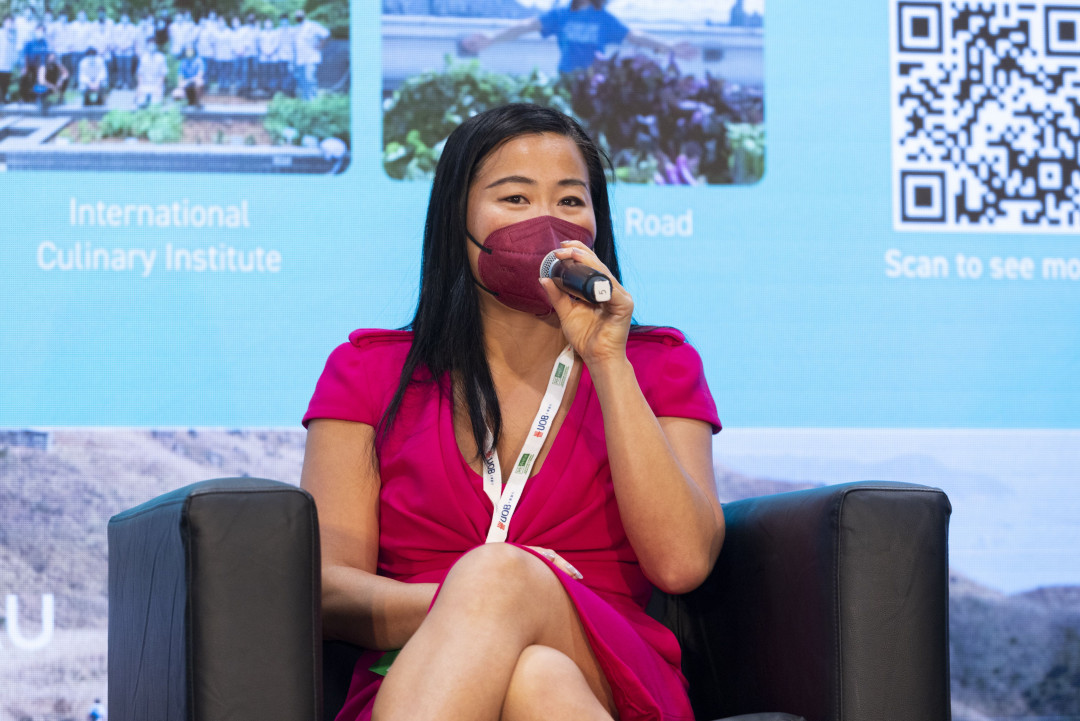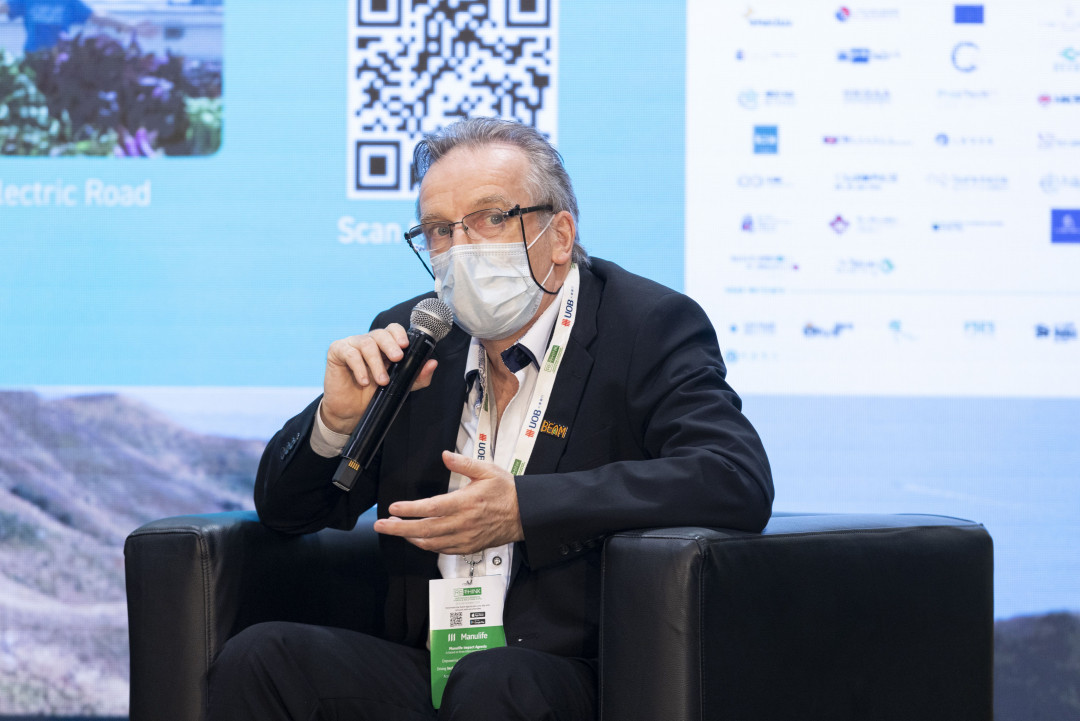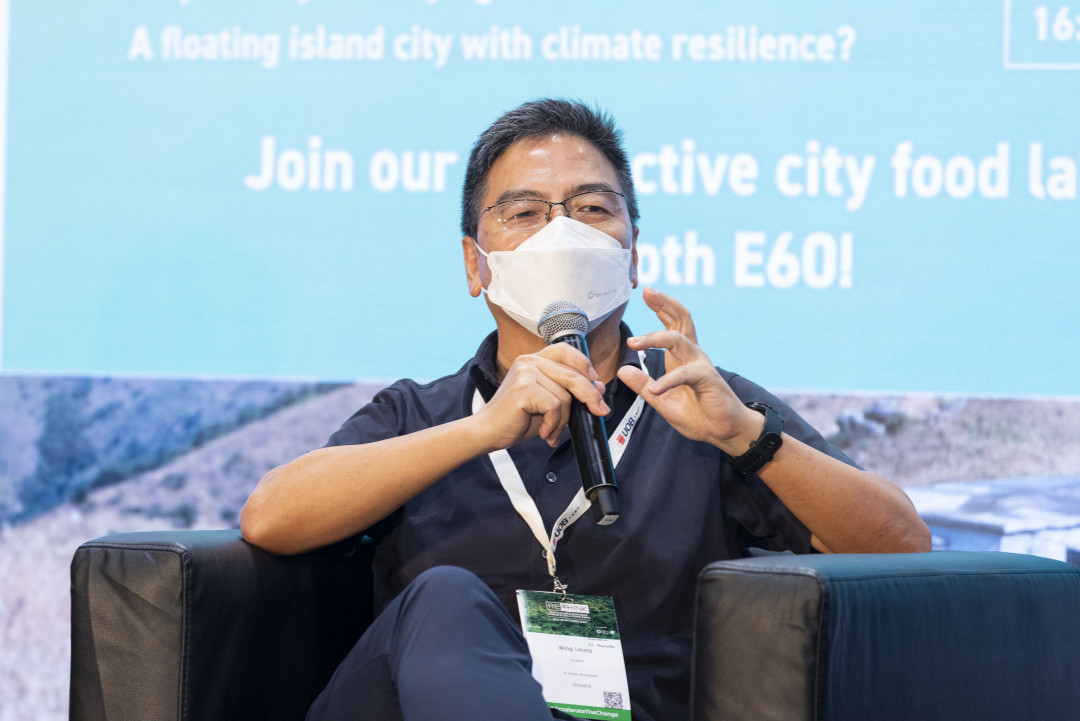Enhancing Liveability and Reconnecting Communities with Nature through Urban Design




According to the UN, two-thirds of the world's population will live in cities by 2050. With a further densified population, we need to find ways to upscale provisions and review distribution to avoid a resource crisis and also the social disconnection that might come along with it.
In the second session of Rooftop Republic’s Farm the City - Rethinking Urban Resilience and Liveability held at ReThink HK 2022 last October - Buildings and Liveability: Envisioning a New City Landscape, a panel formed by Tiffany Lau (Executive Director, Head of Urban Ecosystem, JLL Asia Pacific), Alexander M. Duggie (Managing Director, Urbis Limited), Wing Leung (Director, M Moser Associates) and moderator, Wendy Tsai (Project Director, The Oval Partnership and Lead Member, Urban Land Institute) explored multiple ways to reconnect people with nature and enhance city liveability through urban design. By focusing on the hardware - urban planning and software - management, such as the “sponge cities” concept, community-centric approach and the “biophilia hypothesis”, we can adapt these formats to improve the quality of the city, food and lifestyle we live in and have.

Enhancing Liveability by Repurposing Spaces
Placemaking, conceptualising around authentic interactions, and solidifying planet-first behaviours through design and programming will be among the ingredients that form the urban blueprint of the future. Our panel discussion started by acknowledging the original potential of our existing neighbourhoods by looking at revitalisation projects around the world.
 Tiffany Lau, Executive Director, Head of Urban Ecosystem, JLL Asia Pacific, presented one of her cases from New York where a district was a place that most people avoided 10 years ago. She said, “Every day you see some of these alleyways or pocket parks are not that great because they've been sort of underutilised and neglected. So it starts small but incremental change with a partnership and collaboration approach. It’s really what's needed. It's really not innovative work, I have to say. But it takes some sweat equity and some vision and for sure, strategy.”
Tiffany Lau, Executive Director, Head of Urban Ecosystem, JLL Asia Pacific, presented one of her cases from New York where a district was a place that most people avoided 10 years ago. She said, “Every day you see some of these alleyways or pocket parks are not that great because they've been sort of underutilised and neglected. So it starts small but incremental change with a partnership and collaboration approach. It’s really what's needed. It's really not innovative work, I have to say. But it takes some sweat equity and some vision and for sure, strategy.”
Sandy (Alexander M. Duggie), Managing Director, Urbis Limited, emphasised the need to revitalise old urban areas but also reminded us about the challenges behind, “We can't forget about the old urban areas and just focus all our attention on the new urban area. So how do we solve this problem? It's quite intractable really because of the multiple ownership problems that we have.”
Wing Leung, Director, M Moser Associates, also gave us a revitalisation example from his firm, Dyson International Headquarters in Singapore, but added with the new building’s additional value: sustainability. He told the audience, “So actually when designing a sustainable place, what I'm trying to get to is we do need to have an occupant in mind. We cannot design just provisions or generic provisions or parameters because the operations are what counts most. The carbon footprint comes mostly from the operations and technology is a big part of it.”
Improving Wellness by Reconnecting with Nature inside the City
Communities are interested in building their physical and mental health starting on the city level down to the individual to form a collective awareness of how we can move towards a more livable environment.

Sandy from Urbis Limited suggested adapting the “Biophilia” approach to reconnect people with nature. “What we need to be doing is we need to be targeting the Brownfield site, we need to be looking at the inner urban areas to find these extra spaces and reconnect with nature. It's not just about the quantity but it's also about the quality. In terms of the greenery that we've got, there's a lot that could be done with just a little bit of change and design mentality to improve the current situation.”
Wing from M Moser Associates commented on the approach by saying, “It goes to mental health. So combining all these factors, you really need to understand the occupants. What are their preferences? How do they need to operate the space and then really tailor-make it? That can only happen if we collaborate with different levels of expertise from the government to the users because you need governments to give them incentives.”
Tiffany from JLL Asia Pacific shared her vision of seeing Biophilia and urban farming working together, “If their (the client) portfolio was completely blanketed in biophilia, obviously there are growing opportunities for that in terms of edibles but just from a beautification perspective and also to help their buildings be more efficient that you don't have to spend as much to cool it and there you can drain the water more easily. That would be amazing. ”
Possibilities and Challenges of Urban Farming in urban design
Wing from M Moser Associates spoke out his wish for the planning-in-progress Northern Metropolis, “I want to see it's not built for rows and rows of luxurious apartments. If that is the aim (building luxurious apartments), then you can throw away the urban farming ideas. I think I don't need to go into detail to explain that because urban farming within the community actually is the key.”
Tiffany from JLL Asia Pacific made a comment for the Northern Metropolis. She said, “…bringing people to this kind of area because it's self-sufficient. Your food is right there. It's also really pleasant, for example raising your kids around a working farm. You don't have to work it yourself but maybe that's like a cooperative model.”
Sandy from Urbis Limited agreed that there is a potential for urban farming but reminded us of the cost-effectiveness and difficulties, “I think there is a potential to do that in the new terms and in the Northern Metropolis potentially if they go ahead with Lantau Tomorrow Vision eventually. But the cost of that is so immense. Allocating land to urban farming is not really very cost-effective. If you are trying to incorporate urban farming into these old urban areas, the problem that we face is that they're not designed to support the soil loadings on the roof.”
Although there’s still some debate on urban farming in urban land use planning, it’s certain that urban farming is good for community engagement, the environment and bringing awareness to appropriate land use resources.
Revisit Farm the City programme:
https://rooftoprepublic.com/pages/farm-the-city-2022
Farm the City - Rethinking Urban Resilience and Liveability at ReThink 2022 event replay available now: https://mailchi.mp/rooftoprepublic/farmthecity2022vod
Rooftop Republic is a Hong Kong-based social enterprise that envisions a future of sustainable cities powered by urban farming. Towards greater climate and urban resilience, we build and manage urban farms to transform city spaces into vibrant sources of nutritious food, and engage and empower communities to lead a sustainable lifestyle.
For more information, please visit the Rooftop Republic website here.









 Indonesia
Indonesia
 Australia
Australia
 New Zealand
New Zealand
 Philippines
Philippines
 Singapore
Singapore
 Malaysia
Malaysia






